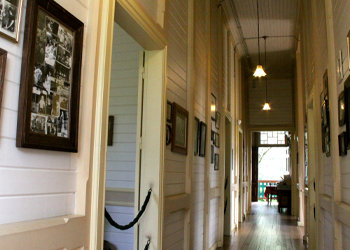
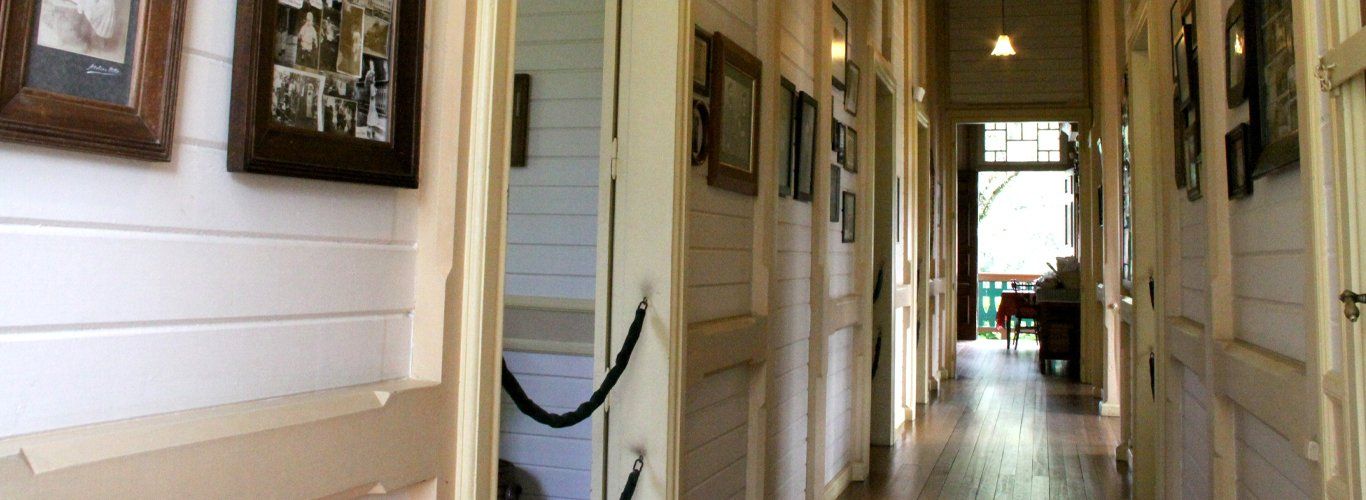
Our story
Castelinho Caracol is one of the first residences in Canela.
Built at the beginning of the century. XX by the couple Pedro Carlos Franzen and Luiza Sommer Franzen, all in araucaria wood, typical pine in the region.
Its constructive system was made using fittings and screws, without the use of nails. The araucaria boards received a biological treatment, being immersed for approximately six months in the Caracol Stream, which runs behind the house. After this period in water, it was stored in the shade to dry and become durable.
Due to its tower, where you have a view of the surroundings, the residence came to be known as Castelinho Caracol, with two floors its rooms are decorated with furniture and utensils used by the couple and their six children.
The residence was inhabited until 1980 by the eldest daughter Irene and in 1985 Castelinho Caracol was transformed into a Museum and Tea House. From the kitchen come the traditional recipes, the Apfelstrudel and the Waffel made in the original wood stove, and in the two tea rooms, inside the Museum, the visitor can taste them.
The Castelinho Caracol, with its walls intact, shows the legacy of Pedro Franzen, where you can appreciate and experience it through a true trip to the past.
Our story
Castelinho Caracol is one of the first residences in Canela.
Built at the beginning of the century. XX by the couple Pedro Carlos Franzen and Luiza Sommer Franzen, all in araucaria wood, typical pine in the region.
Its constructive system was made using fittings and screws, without the use of nails. The araucaria boards received a biological treatment, being immersed for approximately six months in the Caracol Stream, which runs behind the house. After this period in water, it was stored in the shade to dry and become durable.
Due to its tower, where you have a view of the surroundings, the residence came to be known as Castelinho Caracol, with two floors its rooms are decorated with furniture and utensils used by the couple and their six children.
The residence was inhabited until 1980 by the eldest daughter Irene and in 1985 Castelinho Caracol was transformed into a Museum and Tea House. From the kitchen come the traditional recipes, the Apfelstrudel and the Waffel made in the original wood stove, and in the two tea rooms, inside the Museum, the visitor can taste them.
The Castelinho Caracol, with its walls intact, shows the legacy of Pedro Franzen, where you can appreciate and experience it through a true trip to the past.
To the Franzen Family
Castelinho Caracol is one of the first residences in Canela. It was built at the beginning of the 20th century, between 1913 and 1915, by the couple Pedro Carlos Franzen and Luiza Sommer Franzen.
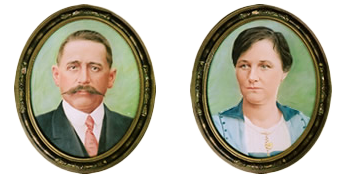
Pedro and Luiza Franzen
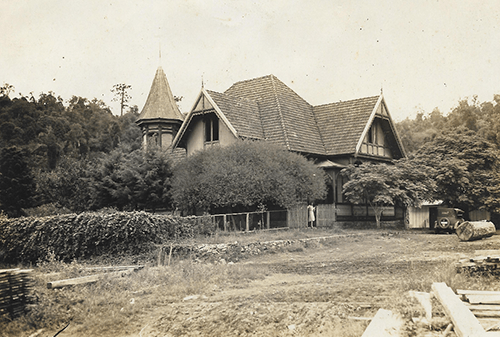
Luiza Suzana Sommer (14/Aug/1882 - 9/May/1954) was born in Teutônia-RS, daughter of the German Henrique Sommer (1851 - 1928) who immigrated to Brazil in 1869, residing in Estrela-RS and marrying Elisabeth Sommer.
Pedro Carlos Franzen (24/Apr/1873 - 29/Sep/1966) was born in São José do Hortêncio (formerly the municipality of São Sebastião do Caí-RS). He was a tall, self-taught, Catholic man. great-grandson of Mathias Franzen and grandson of Joseph Peter Franzen, German immigrants from Punderich (municipality in the state of Regência), his father João Jacob Franzen was born in São Leopoldo-RS and his mother Elisabeth Krey in Germany in 1844. Pedro Carlos Franzen was a steward in ship in São Sebastião do Caí, farmer in Pareci, owner of a sawmill near Caxias do Sul (Sesmaria Machado, municipality of Montenegro). In 1910 he moved to Caracol. He bought land and pine trees and they lived until the end of their lives in Canela, in Caracol, Luiza aged 72 and Pedro aged 93.
The couple had six children: Irene (15/mar/1904 - 4/sep/1986), born in Pareci-RS; Anita (7/Oct/1905 - 16/Jul/1998) and Fernando Carlos (21/Oct/1907 - 5/Jun/1973), born in Semaria Machado (Montenegro-RS), João Alfredo (14/Feb/1909 - 27/Mar/1927), Cora(20/Oct/1911 - 7/Jul/2014) and Ivone(28/Apr/1914 - 23/May/2000) born in Caracol.
The house was inhabited until 1980 by the eldest Irene and, in 1985, Castelinho Caracol was opened for visitation, portraying the life and customs of the family of German origin.
To the Franzen Family
Castelinho Caracol is one of the first residences in Canela. It was built at the beginning of the 20th century, between 1913 and 1915, by the couple Pedro Carlos Franzen and Luiza Sommer Franzen.

Pedro and Luiza Franzen

Luiza Suzana Sommer (14/Aug/1882 - 9/May/1954) was born in Teutônia-RS, daughter of the German Henrique Sommer (1851 - 1928) who immigrated to Brazil in 1869, residing in Estrela-RS and marrying Elisabeth Sommer.
Pedro Carlos Franzen (24/Apr/1873 - 29/Sep/1966) was born in São José do Hortêncio (formerly the municipality of São Sebastião do Caí-RS). He was a tall, self-taught, Catholic man. great-grandson of Mathias Franzen and grandson of Joseph Peter Franzen, German immigrants from Punderich (municipality in the state of Regência), his father João Jacob Franzen was born in São Leopoldo-RS and his mother Elisabeth Krey in Germany in 1844. Pedro Carlos Franzen was a steward in ship in São Sebastião do Caí, farmer in Pareci, owner of a sawmill near Caxias do Sul (Sesmaria Machado, municipality of Montenegro). In 1910 he moved to Caracol. He bought land and pine trees and they lived until the end of their lives in Canela, in Caracol, Luiza aged 72 and Pedro aged 93.
The couple had six children: Irene (15/mar/1904 - 4/sep/1986), born in Pareci-RS; Anita (7/Oct/1905 - 16/Jul/1998) and Fernando Carlos (21/Oct/1907 - 5/Jun/1973), born in Semaria Machado (Montenegro-RS), João Alfredo (14/Feb/1909 - 27/Mar/1927), Cora(20/Oct/1911 - 7/Jul/2014) and Ivone(28/Apr/1914 - 23/May/2000) born in Caracol.
The house was inhabited until 1980 by the eldest Irene and, in 1985, Castelinho Caracol was opened for visitation, portraying the life and customs of the family of German origin.

Institutional
Contact us
Telephone:
WhatsApp:
E-mail:
Operation
Daily:
9h30min | 13h
14h20min | 17h40min
*Last access to the Park at 5:30 pm
Instagram:
stay on schedule
Institutional
Operation
Daily
9h30min | 13h
14h20min | 17h40min
- Last access to the Park 17:30
stay on schedule
via our Instagram:
privacy policies
All rights reserved
little snail castle
Privacy Policies | All rights reserved - Castelinho Caracol
